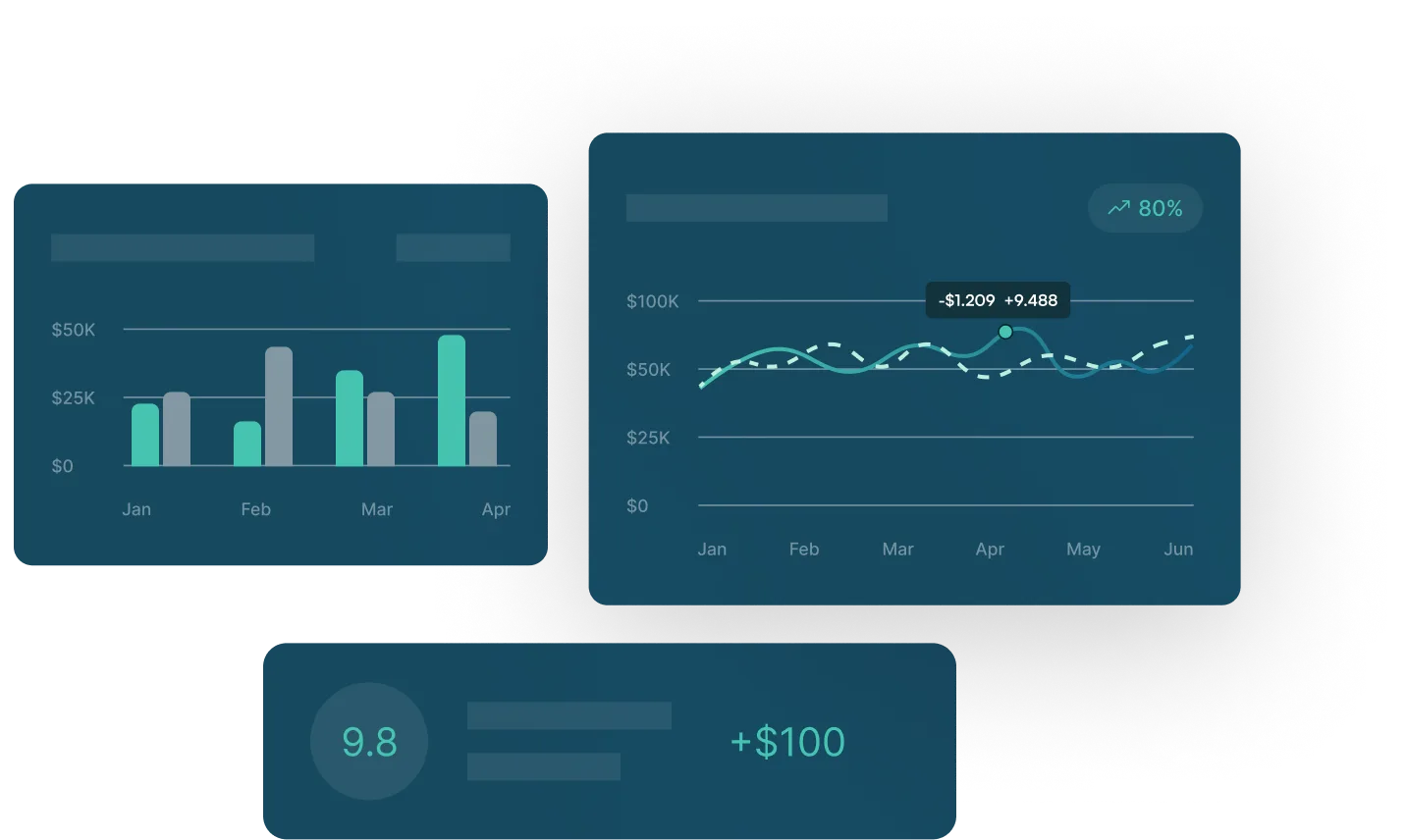3 Types of Hedging: Which Hedge Strategy is Right for You?


A hedge accounting program is most effective when it aligns with how your company evaluates financial performance. In this blog, we provide an overview of three different hedge strategy types that companies often turn to.
To mitigate foreign currency risk, treasury teams develop hedge accounting strategies that deliver margin protection and minimize foreign currency gains and losses below the line. At a high level, there are three hedge strategy types that companies deploy:
- Budget hedge to lock in a budget rate
- Layering hedge to smooth rate impacts
- Year-over-year (YoY) hedge to protect the prior year’s rates (50% is likely achievable)
So, when should companies implement one strategy over the other? It depends on your management’s external reporting goals. For management, specifically CFOs, seeking to own their company’s hedge program objectives and achieve desired results, it’s important to tie hedge programs to the company’s overall goals (even if a hedge program seems to perform well from a treasury team’s perspective).
Here’s an example of each strategy.
Budget vs. Layering vs. YoY Hedge Strategy
#1. Budget Hedge Strategy
In a budget hedge accounting strategy, treasury places hedges for 80% of forecasted monthly foreign expenses. This strategy is based on exchange rates at the beginning of each year. Treasury will account for the remaining un-hedged 20% of foreign transactions at this year’s monthly rates.
The result: a hedge that locks in a large amount of expenses at a single predictable rate.
For companies that value driving predictability in the budget, this is the strategy for you.
#2. Layering Hedge Strategy
Another common hedge accounting strategy is the quarterly layering strategy. It provides a smoothing or averaging effect on financial results.
For example, a company hedges 50% of next year’s revenue based on four quarterly hedge layers. The strategy smooths results between last year’s and this year’s accounting rates.
This strategy is best for companies that value maintaining steady results (as opposed to high gains or losses), effectively absorbing rate volatility.
#3. Year-Over-Year Hedge Strategy
In a YoY hedge accounting strategy, treasury places hedges for 50% of forecasted monthly foreign revenue based on last year’s monthly accounting rate-setting methodology. This locks in half of the revenue at last year’s rates. Treasury will account for the remaining un-hedged 50% of foreign revenue at this year’s rates. This results in a smoothing effect YoY.
For example, a 10% rate shock YoY produces a 5% impact (smoothing) and 50% predictability (hedge rate at last year’s accounting rates).
This will be a good hedging strategy for companies that evaluate performance based on YoY performance.
Conclusion
Some organizations value smoothing rate impacts or protecting the budget, and others value protecting rates from the prior year. No matter which strategy you choose, it’s most effective when it matches your performance objectives.
For help selecting and implementing a hedge accounting. program, please connect with us and schedule a 1-on-1 consultation.
Our advanced hedging solutions integrate the entire hedging workflow, helping your treasury, accounting, and management teams stay on the same page and provide accurate reporting up the chain.
3 Types of Hedging: Which Hedge Strategy is Right for You?
A hedge accounting program is most effective when it aligns with how your company evaluates financial performance. In this blog, we provide an overview of three different hedge strategy types that companies often turn to.
To mitigate foreign currency risk, treasury teams develop hedge accounting strategies that deliver margin protection and minimize foreign currency gains and losses below the line. At a high level, there are three hedge strategy types that companies deploy:
- Budget hedge to lock in a budget rate
- Layering hedge to smooth rate impacts
- Year-over-year (YoY) hedge to protect the prior year’s rates (50% is likely achievable)
So, when should companies implement one strategy over the other? It depends on your management’s external reporting goals. For management, specifically CFOs, seeking to own their company’s hedge program objectives and achieve desired results, it’s important to tie hedge programs to the company’s overall goals (even if a hedge program seems to perform well from a treasury team’s perspective).
Here’s an example of each strategy.
Budget vs. Layering vs. YoY Hedge Strategy
#1. Budget Hedge Strategy
In a budget hedge accounting strategy, treasury places hedges for 80% of forecasted monthly foreign expenses. This strategy is based on exchange rates at the beginning of each year. Treasury will account for the remaining un-hedged 20% of foreign transactions at this year’s monthly rates.
The result: a hedge that locks in a large amount of expenses at a single predictable rate.
For companies that value driving predictability in the budget, this is the strategy for you.
#2. Layering Hedge Strategy
Another common hedge accounting strategy is the quarterly layering strategy. It provides a smoothing or averaging effect on financial results.
For example, a company hedges 50% of next year’s revenue based on four quarterly hedge layers. The strategy smooths results between last year’s and this year’s accounting rates.
This strategy is best for companies that value maintaining steady results (as opposed to high gains or losses), effectively absorbing rate volatility.
#3. Year-Over-Year Hedge Strategy
In a YoY hedge accounting strategy, treasury places hedges for 50% of forecasted monthly foreign revenue based on last year’s monthly accounting rate-setting methodology. This locks in half of the revenue at last year’s rates. Treasury will account for the remaining un-hedged 50% of foreign revenue at this year’s rates. This results in a smoothing effect YoY.
For example, a 10% rate shock YoY produces a 5% impact (smoothing) and 50% predictability (hedge rate at last year’s accounting rates).
This will be a good hedging strategy for companies that evaluate performance based on YoY performance.
Conclusion
Some organizations value smoothing rate impacts or protecting the budget, and others value protecting rates from the prior year. No matter which strategy you choose, it’s most effective when it matches your performance objectives.
For help selecting and implementing a hedge accounting. program, please connect with us and schedule a 1-on-1 consultation.
Our advanced hedging solutions integrate the entire hedging workflow, helping your treasury, accounting, and management teams stay on the same page and provide accurate reporting up the chain.

See GTreasury in Action
Get connected with supportive experts, comprehensive solutions, and untapped possibility today.































.png)







.png)











.jpeg)

.jpeg)


.jpeg)







.jpeg)

.jpeg)





.jpeg)


.jpeg)

.jpeg)








.jpeg)



.jpg)





